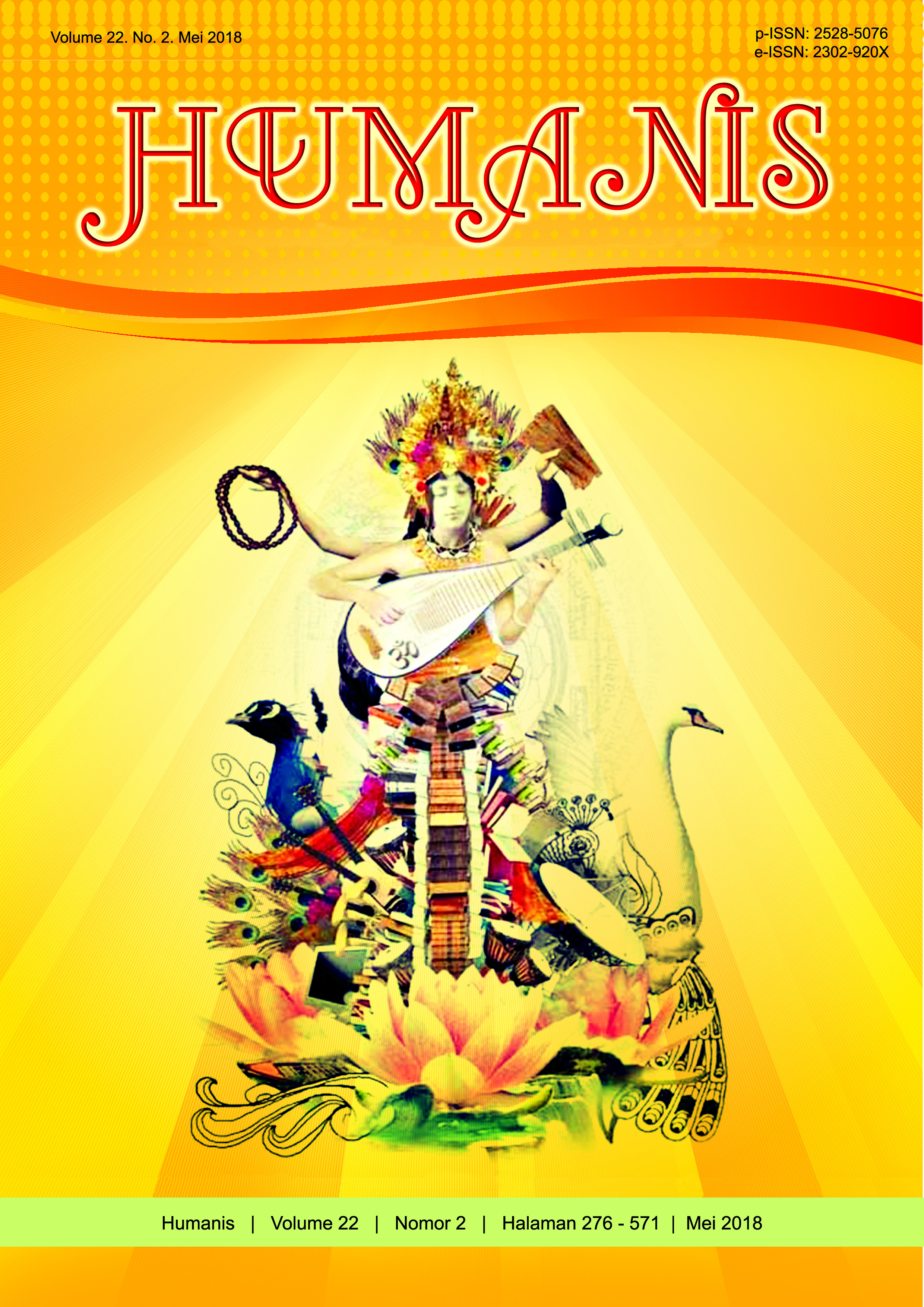English Compound Adjective with Special Reference to Tourism Website
Abstract
The study entitled English Compound Adjective with Special Reference to Tourism Website aims to analyze the constructions of compound adjectives found in Tourism website, explaining their syntactic functions and meaning. The data were taken from several tourism websites on internet, they are, Discover Hong Kong, Wonderful Indonesia, Italian Tourism Official Website, and Visit the USA. Firstly, the tourism websites were accessed and website pages were printed. Secondly, the website pages that had been printed were carefully read in order to find out the compound adjective. Thirdly, the relevant data on the print out were marked and phrase containing the data were noted. Then, the data were listed according to its right-hand component of compound. The data were analyzed based on the theories adopted in this study. The grand theory used is the theory of word-formation proposed by Bauer (1983) to analyze the construction of compound adjective. Meanwhile, theory of syntactic function proposed by Quirk and theory of meaning developed by Palmer were used as the supporting theories. The findings reveal that there are five patterns constructing the compound adjectives in tourism website being analyzed; they are: noun + adjective, adjective + adjective, adverb + adjective, noun + noun, and adjective + noun. The compound adjectives found mostly have attributive functions in which the compound adjective pre-modifies the noun. Moreover, most of the compound adjectives found are transparent in their meaning, which is easily determined from the constituents that construct the compound adjectives.


















